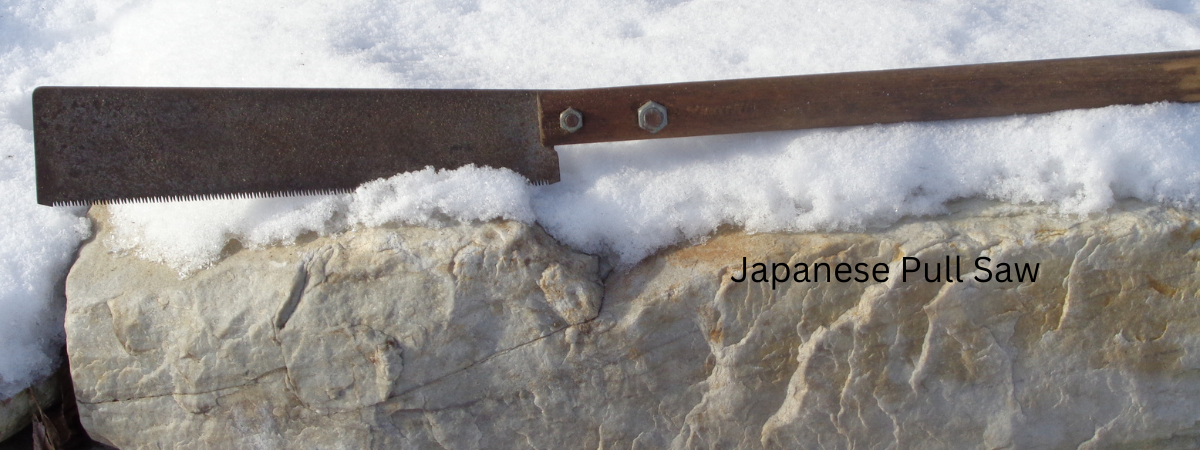Woodworking is not just a craft, its an art form that demands precision and finesse. In the realm of woodworking tools the Japanese pull saw stands out as a testament to the meticulous craftsman ship off the Japanese artisans, This unique saw has drawn worldwide attention for its efficiency, precision cuts, and distinctive design.
The Pull Stroke Advantage
One of the defining features of the Japanese pull saw is their cutting motion. Unlike western saws that cut on the push stroke, Japanese pull saws are designed to cut on the pull stroke. This design offers several excellent qualities to the saw, including a greater control, reduced splintering of the wood, and a more efficient use of your energy.
Types of Japanese Pull Saws
Ryoba Saw: This versatile saw has teeth on both sides of the blade, allowing for both crosscutting and ripping. Its a favourite among woodworkers for its flexibility. These saws are also able to cut large boards with ease, as well as making dovetail joints cutting vertical and horizontally.
Dozuki Saw: Known for its thin blade and fine teeth, the Dozuki Saw excels in precision wood working making it a popular choice for intricate joinery and detailed wood working. The blades on these saws are usually 2 to 3mm in thickness which gives a very narrow cut that you will find is accurate and true each cut.
Kataba aw: With a single edged blade the Kataba saw is often used for larger rip cuts. Its design makes for a good use of its power and efficiency.
Kugihiki saws; This Japanese saw is a must have if you want to cut wood doweling close to the board. It has a flexible blade that will bend flat on a board to cut wood dowels, and then just a little sanding is needed.
Suizan saw: This pull saw has the double edge for cutting, with 9 teeth per inch for rip cuts, and 15 teeth per inch for softwoods. The two cutting sides on the blade are designed for crosscutting and rip-cutting, and will give you an accurate cut each time. The 9 inch blade can also be replaced in case it wears out.
On most of the Japanese pull saws the blade can be replaced if ever needed, and will save you buying a new saw.
Blade Design and Materials
Japanese pull saws are characterized by their thin flexible blades with impulse-hardened teeth. The use of high quality steel ensures durability and sharpness allowing for clean and efficient cuts. The fine teeth contribute to a smoother finish, making these saws ideal for your more delicate projects.
Versatility in Woodworking
Whether your a seasoned professional or a hobbyist, Japanese pull saws offer versatility across many various wood working task. From crafting intricate joints to making precise cuts in cabinetry these saws have become an indispensable tool for your wood working projects.
Choosing the Right Saw
Selecting the right Japanese pull saw depends on he specific needs of your project. you might want to consider factors such as tooth count, blade length, and also whether you require a saw for cutting, ripping, or both.
Conclusion
The Japanese pull saw is not just a tool; its an embodiment of centuries of craftsmanship. Its design reflects a deep understanding of wood and a commitment to achieving the highest level of precision, As wood working enthusiast and professionals continue to explore the world of traditional tools, the Japanese pull saw will remain as a shining example of form meeting function.
In your next wood working endeavour consider adding a Japanese pull saw to your tools in order to experience the elegance of the pull stroke and unlock a new level of precision in you wood working projects.

